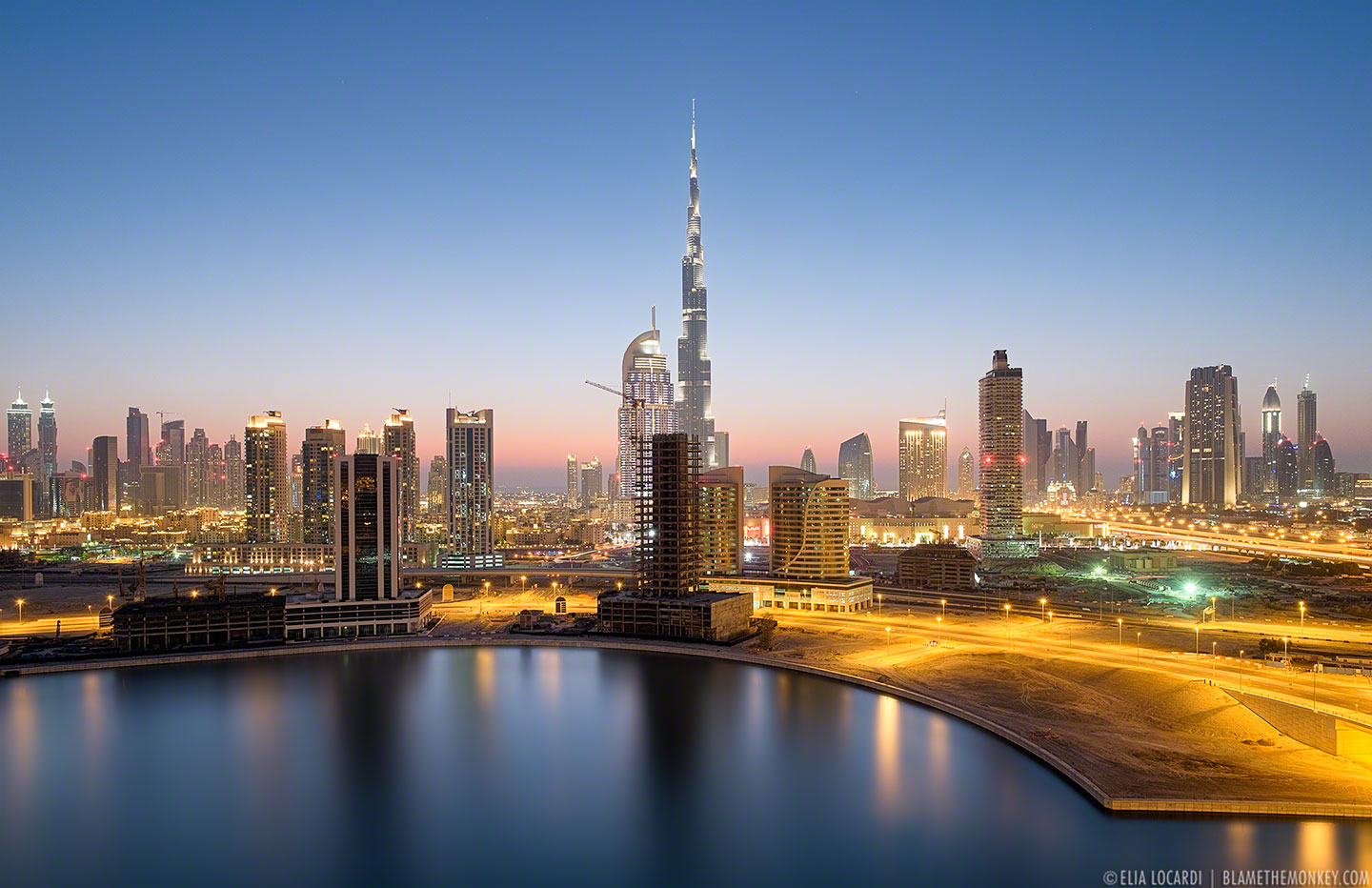Congo’s enormous rainforest is getting smaller
JAGGED, CHARRED tree stumps jut out of blackened earth in what was once part of the rainforest in the Democratic Republic of Congo. One man, Rafael, standing amid the devastation, reckons he has set fire to around 40 sections of the forest near the city of Bandundu in the past two months. He bags the scorched wood and flogs it as charcoal in the capital, Kinshasa, some 250km away. Most of the city’s 12m residents, unable to afford gas or electric ovens, rely on charcoal for cooking.
The Congo basin rainforest is the second biggest tropical forest in the world, after the Amazon. It stretches across six central African countries (though more than half its trees are in Congo). Its absorbent peatlands hold the equivalent of three years’ worth of global carbon emissions, mitigating global warming. But it is shrinking fast. Between 2001 and 2018 Congo lost 13m hectares of tree cover (around 6% of the entire rainforest), an area almost twice the size of Ireland.
The charcoal trade is partly to blame. Most of Congo’s 85m people are poor. Entire villages subsist by selling burnt wood. The rainforest hugs the Congo river, so it is easy for sellers to pile charcoal onto boats and float it to Kinshasa. Farmers add to the problem. Over two-thirds of Congolese grow what they eat. Many chop down trees to make space for crops. The...























